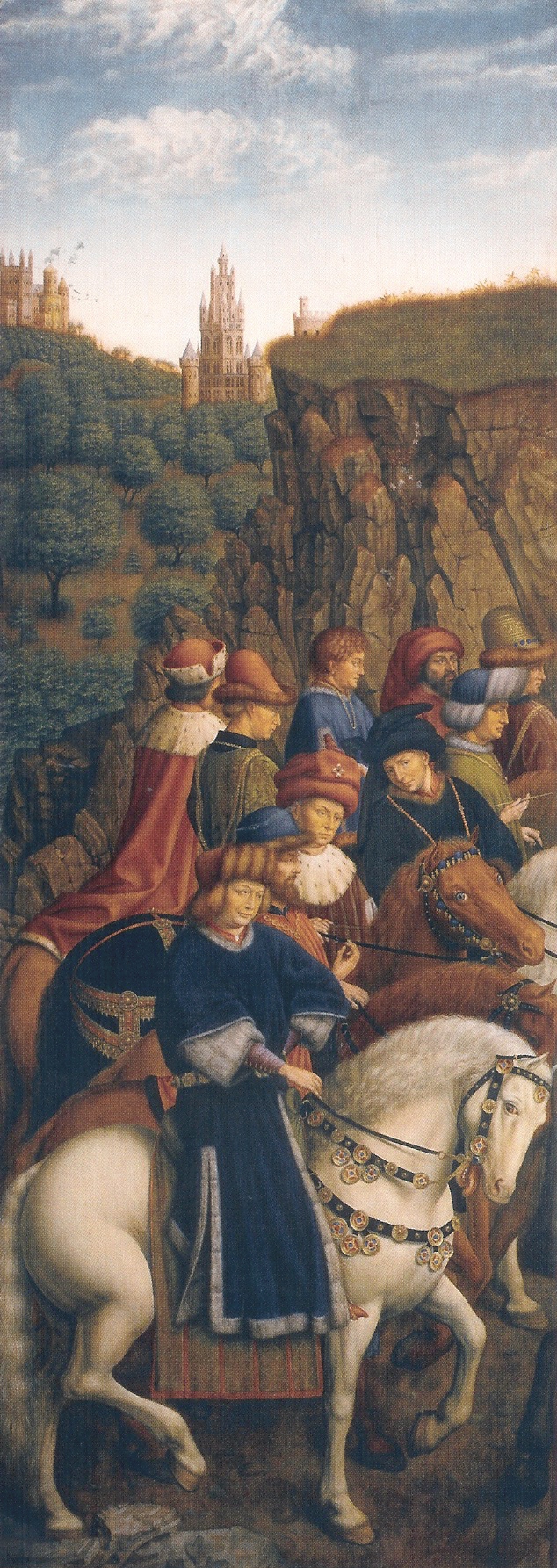Friday, April 30th, 2010
The $12 Million Stuffed Shark
 When I worked in the museum industry several years ago, one of my bosses was heavily involved in the art auction business (in addition to his responsibilities at our museum). This boss worked as an on-call consultant for a major auction house, and would often tell me stories about the dog-eat-dog attitude within the art market. I remember one story that involved an auctioneer who fell into a coughing fit at the climax of one lot sale, but it quickly became apparent that he was stalling for time: there was an agent on the phone who was working to secure a higher bid for the painting.
When I worked in the museum industry several years ago, one of my bosses was heavily involved in the art auction business (in addition to his responsibilities at our museum). This boss worked as an on-call consultant for a major auction house, and would often tell me stories about the dog-eat-dog attitude within the art market. I remember one story that involved an auctioneer who fell into a coughing fit at the climax of one lot sale, but it quickly became apparent that he was stalling for time: there was an agent on the phone who was working to secure a higher bid for the painting.
Anyhow, I think that listening to these stories piqued my interest in the art market, which is why I wanted to read Don Thompson’s book, The $12 Million Stuffed Shark: The Curious Economics of Contemporary Art. The book discusses the everything you wanted to know about the art market: auction houses, prices for art, art as an investment, galleries and dealers, etc.
I thought the first few chapters of this book was really fascinating. Thompson related some interesting anecdotes about contemporary artists and art sales, including an interesting story about Damien Hirst’s The Physical Impossibility of Death in the Mind of Someone Living (1991). Thompson relates how the original shark in Hirst’s tank was not preserved properly, and by the time the work of art went for sale, the shark was not in good condition: one of the fins had fallen off and the skin had become green and wrinkly. Worse still, the formaldehyde had become rather murky. Nonetheless, the deteriorated shark and tank sold for $12 million! (Hirst later agreed to replace the original shark with a new one.)1
I have to admit, though, the middle of the book was rather uninteresting. Thompson focused a lot of auction prices and technicalities. I think this information would be very useful to anyone who is interested in buying or selling art, but it wasn’t very compelling from a historical standpoint. Perhaps I shouldn’t have set my expectations too high – I knew that Thompson was an economist (and not an art historian) when I started to read the book.
The ending of the book completely redeemed itself, though. Thompson devoted a whole chapter to how art crime (especially forgeries) affect the art market. One interesting story was from May 2000, when Christie’s and Sotheby’s realized that their most recent auction catalogs were offering the exact same painting for sale, Gauguin’s Vase de Fleurs (Lilas), 1885.
Anyhow, I don’t know if I’ll read this book again, but I think it is a good resource for the art world. I’d recommend this book to anyone who is seriously interested in buying or selling contemporary art.
This is my last book for heidenkind’s Art History Challenge.
1 Don Thompson, The $12 Million Stuffed Shark: The Curious Economics of Contemporary Art (London: Palgrave Macmillan, 2008), 2, 63.







